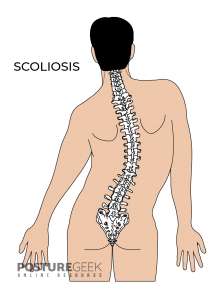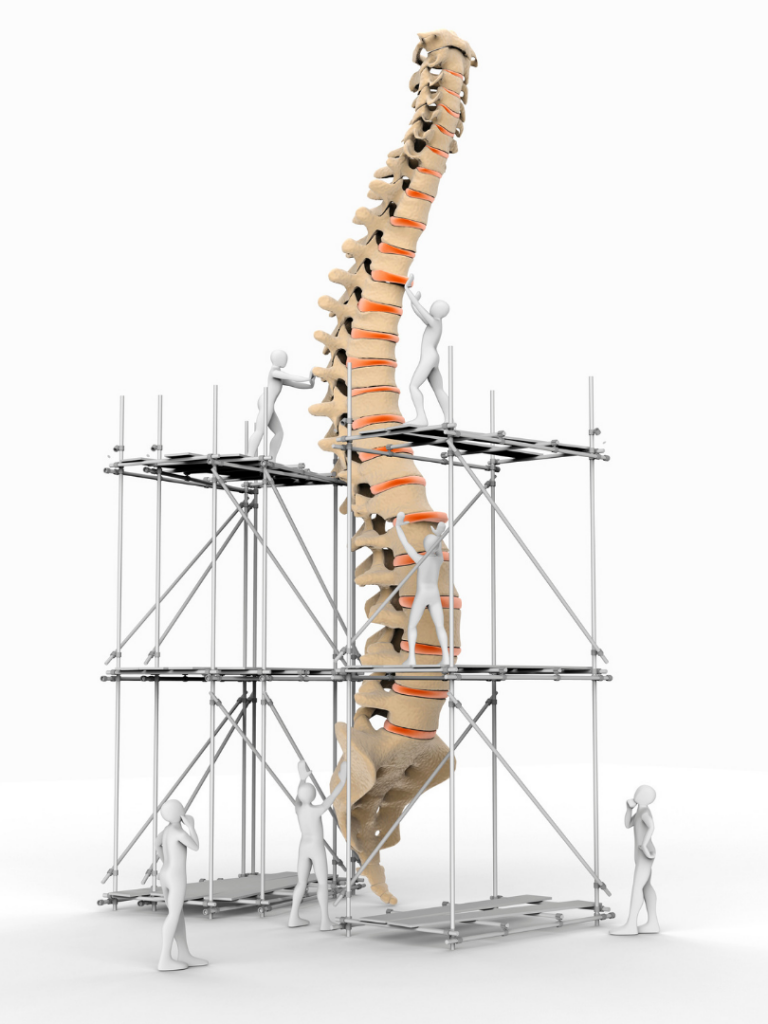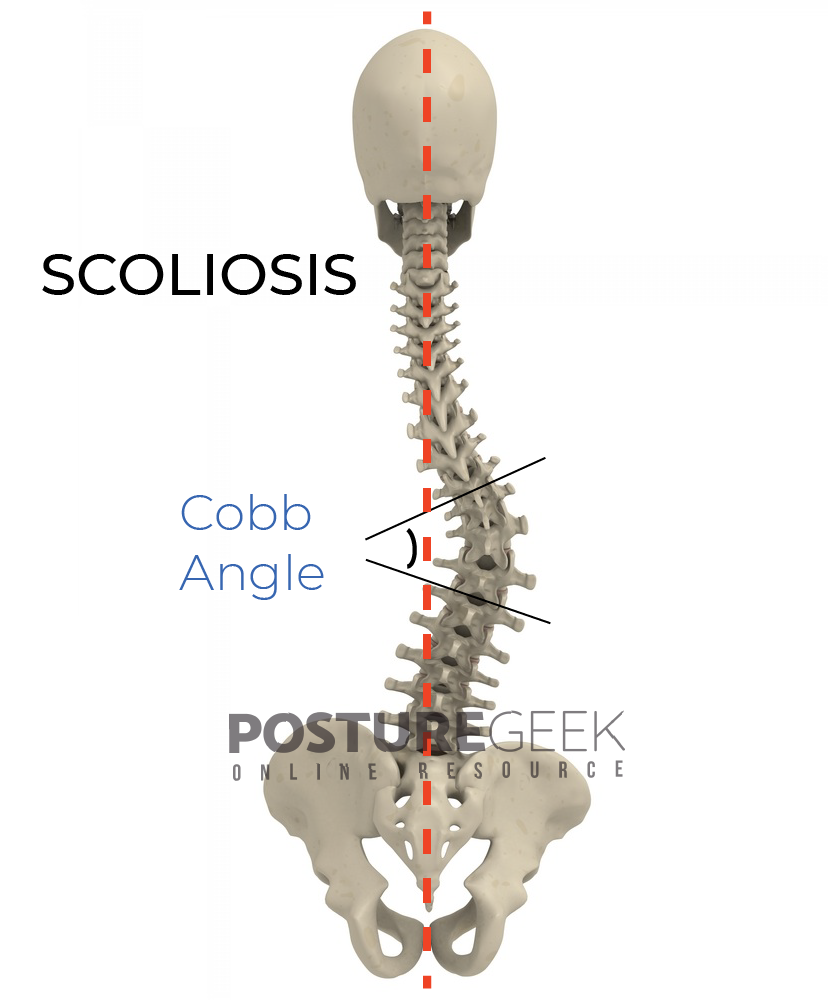What is Scoliosis?

This condition affects the musculoskeletal system creating a lateral (sideways) curvature of the spine, distinct from the spine’s straight natural vertical line.
Assessment considerations mean it is most easily seen from either the front or back. While side on (lateral), assessment of the spinal curvature may not be possible, making it a secondary means of evaluation.
What are some causes of Scoliosis?
Most causes are of unknown origin or “Idiopathic” (Idiopathic – despite all the research done into Scoliosis. Idiopathic Scoliosis makes up anywhere between 75-90 % of all cases.).
Scoliosis can originate from changes from birth or acquired due to disease or injury – affecting bone, muscle, ligaments, and joint development.
Why can it appear?
Research provides theories but no substantial explanations as to why these situations arise. Theories include:
- Possible bone deformation during development.
- Asymmetrical muscle weakness.
- An abnormal distribution of muscle spindles in Paraspinal musculature. These muscle spindles tell the muscles they need to relax or tighten relative to the external forces applied to the body. This means that the uneven distribution of spindles will lead to muscular patterns of contraction that would be irregular, pulling the bony structure of the spine and rib cage out of alignment.
Types of Scoliosis

Scoliosis can be broken into two groups
STRUCTURAL
Structural Scoliosis is irreversible with fixed rotations in the spine and cannot be corrected by positioning or voluntary effort. This may be categorized as Idiopathic, Neuromuscular, or Osteopathic.
Idiopathic
Most cases of Structural Scoliosis are Idiopathic. The term idiopathic refers to cases of “unknown origin”. All that is known is that it arises in what would appear to be normal, healthy children and progresses with skeletal growth.
The most common type is ‘adolescent idiopathic scoliosis’ (AIP) which develops predominantly in young girls from ages 10 to 15 or 16 when skeletal growth ends.
Other age-related Scoliosis:
- ‘Juvenile Scoliosis, which occurs between ages 4-9 and appears more often in girls than boys;
- ‘Infantile’ Scoliosis is seen between birth to age 3 and is often seen in boys.
Neuromuscular
Osteopathic
NON-STRUCTURAL or 'FUNCTIONAL' SCOLIOSIS
True Leg Length Discrepancy
Functional Leg Length Discrepancy
Congenital or acquired deformities in the Hips
Habitual asymmetric posture
Classifying Scoliosis
Early detection, diagnoses, and treatment of Scoliosis are imperative in successfully halting the progress of this condition.
Posture Geek Tweet
Scoliosis occurs in both sexes and can affect people at different stages in life. That being said, there is a predominance for this condition to affect adolescent girls with an alarming acceleration of the curvature in a very short period of time.
Early detection, diagnoses, and treatment of Scoliosis are imperative in successfully halting the progress of this condition. In addition, the disproportionately high rate of adolescents being directly affected requires effective methods in screening for Scoliosis.
Classification of the severity of the curve
Mild Scoliosis
- Curves of less than 20 degrees
- Curves of less than 10 degrees are considered within the normal limits of the general population, thus not warranting treatment.
Moderate Scoliosis
- Curves from 20 to 50 degrees
- Moderate Scoliosis is associated with early structural changes in the vertebrae and rib cage.
Severe Scoliosis
- Curves of 40 to 50 degrees or greater
- Severe Scoliosis involves a significant rotational deformity of the vertebrae and ribs.
- In adults, curves of 40 degrees or greater are associated with pain and degenerative joint diseases of the spine.
How is Scoliosis measured?
Cobb Angle
Scoliosis is measured by the degree of lateral curvature of the spine.
The Cobb method is used to measure the amount of curvature. First, lines are drawn parallel to the endplates of the vertebrae bodies at the beginning and end of the curve. Then, a second line is drawn perpendicular to the first lines, and the angle between these is equal to the Cobb measurement.
Please note: the test is not exact. In addition, each time the x-ray is taken, the body positioning may make the result slightly different. Therefore there is a 3-5 degree margin of error.

